Earth
Sign up for our newsletter
We summarize the week's scientific breakthroughs every Thursday.
-
 Animals
AnimalsA frog’s story of surviving a fungal pandemic offers hope for other species
Evolving immunity to the Bd fungus and a reintroduction project saved a California frog. The key to rescuing other species might be in the frog’s genes.
-
 Earth
EarthEarthquakes added to Pompeii’s death toll
Broken bodies found at the archaeological site indicate that earthquakes played a role in the legendary tragedy.
-
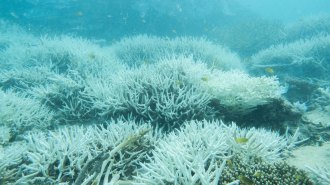 Climate
ClimateRecord-breaking Coral Sea temperatures threaten the Great Barrier Reef
Near-annual extreme heat in the Coral Sea, including in 2024, is causing back-to-back mass bleaching events in the iconic Great Barrier Reef.
-
 Climate
ClimateClimate change is driving the extreme heat baking France’s Olympics
In this week’s Extreme Climate Update, we look at record-breaking temps around the world and explain what the heat index is.
By Nikk Ogasa -
 Health & Medicine
Health & MedicineSome ‘forever chemicals’ may be absorbed through our skin
PFAS, which are found in common products such as cosmetics, food packaging and waterproof gear, have been linked to health problems.
-
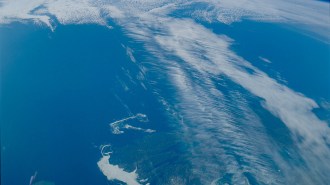 Climate
ClimateEarth’s jet stream helps create the seeds of clouds
The newly discovered process for making aerosols might also be the most productive.
-
 Climate
ClimateEarth keeps breaking global heat records
How hot could it get? In the first edition of Science News’ Extreme Climate Update, we look at how high temperatures could soar.
-
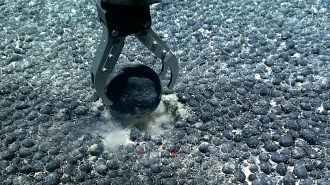 Oceans
OceansIn a seafloor surprise, metal-rich chunks may generate deep-sea oxygen
Instead of sinking from the surface, some deep-sea oxygen may be created by battery-like nodules that split water into hydrogen and oxygen.
By Sid Perkins -
 Climate
ClimateTwisters asks if you can 'tame' a tornado. We have the answer
Science News talked to a meteorologist and Twisters’ tornado consultant to separate fact from fiction in Hollywood’s latest extreme weather thriller.
By Abby Wallace -
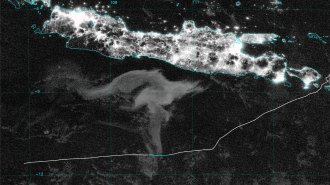 Oceans
OceansCan bioluminescent ‘milky seas’ be predicted?
For the first time, a scientist has used ocean and atmospheric data to find a milky sea, a huge expanse of luminous water, in past satellite images.
By Bas den Hond -
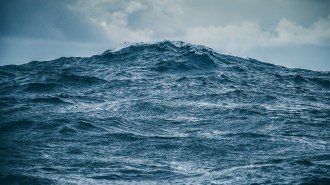 Oceans
OceansThis AI can predict ship-sinking ‘freak’ waves minutes in advance
The model, which was trained on data from ocean buoys to identify potential rogue waves, could help save lives.
By Nikk Ogasa -
 Climate
ClimatePlants might not hold on to carbon as long as we thought
Radiocarbon from bomb tests reveals that plants store more carbon than previously estimated in leaves and stems, which are vulnerable to degradation.